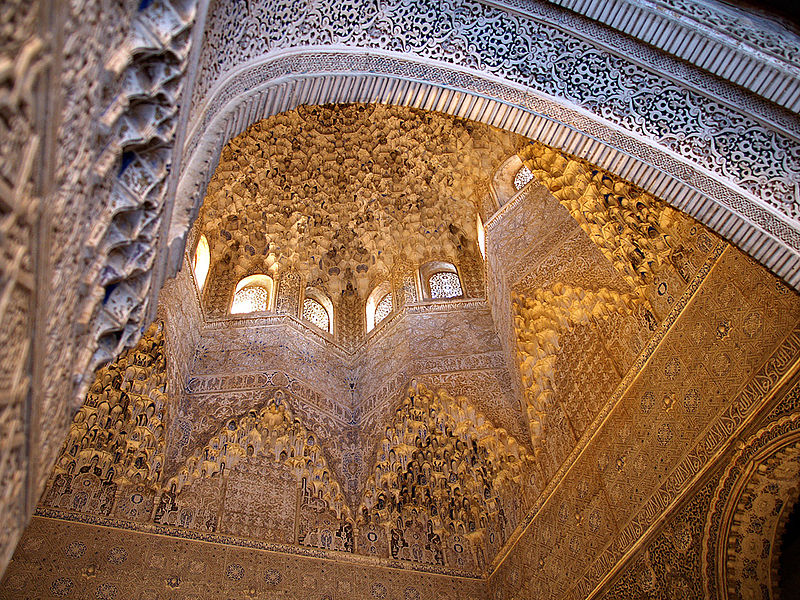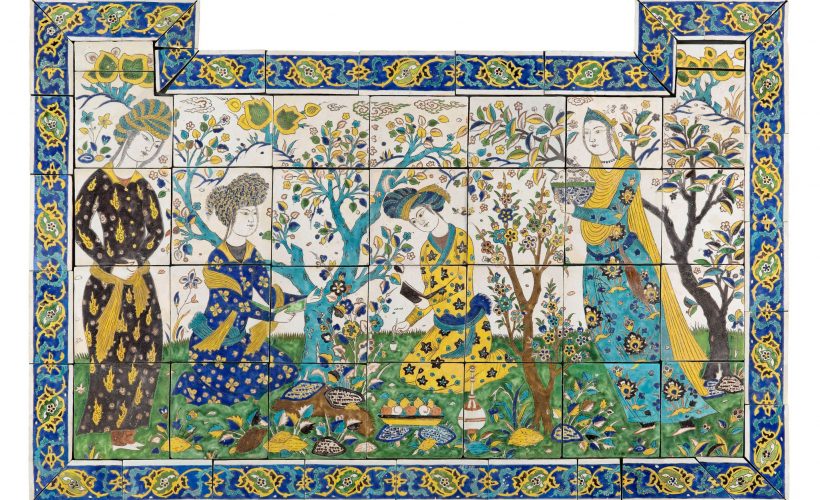History & Heritage
12.22.2023
Islamic geometric patterns: the centerpiece of Arab-Muslim architecture

Islamic geometric patterns are a form of artistic expression that has been an integral part of the art and architecture of Arab-Muslim civilization for centuries. These patterns, characterized by complex and often symmetrical arrangements, are not only aesthetically pleasing, they also have a profound cultural and religious significance.
Islamic geometric patterns first appeared in the Middle East in the 8th century and were strongly influenced by earlier cultures. Over time, these patterns evolved as Islamic art spread to various regions, including North Africa, Spain, India and Central Asia, each region adding its own unique touch to the designs.
View this post on Instagram
A cultural expression
They are also a manifestation of the aniconism of Islamic culture, which discouraged figurative images from becoming objects of worship. This cultural context prompted artists to explore non-figurative art, leading to a general aesthetic evolution towards mathematically-based decoration. In other words, due to religious directives, Islamic art focused on non-figurative forms, leading to the extensive use of geometric motifs, as well as calligraphy and arabesque. They are built on polygonal tesserae and include a variety of shapes such as stars, lozenges and polygons. But the complexity of the motifs evolved considerably over time, moving from simple shapes in the 9th century to more elaborate 6-13 point patterns in the 13th century, and 14 and 16 point stars in the 16th century. The Great Mosque of Kairouan, in Tunisia, for example, features the first geometric motifs with plant and floral motifs, testifying to the initial phase of Islamic geometric design.
Recent research has extended the study of Islamic geometric patterns into three dimensions, exploring structures such as domes, muqarnas, yazdibandi and rasmibandi. Muqarnas, for example, are architectural elements often seen in Islamic architecture, providing a smooth transition between different levels or sizes and combining three-dimensional units arranged at different horizontal levels according to geometric rules.Symmetry is an essential feature of Islamic geometric patterns, often achieved by repeating a single element. Moreover, these patterns are not confined to religious buildings, but are also found in domestic architecture and in objects such as carpets, tiles, ceramics, leather goods, stained glass and metalwork.
popular

